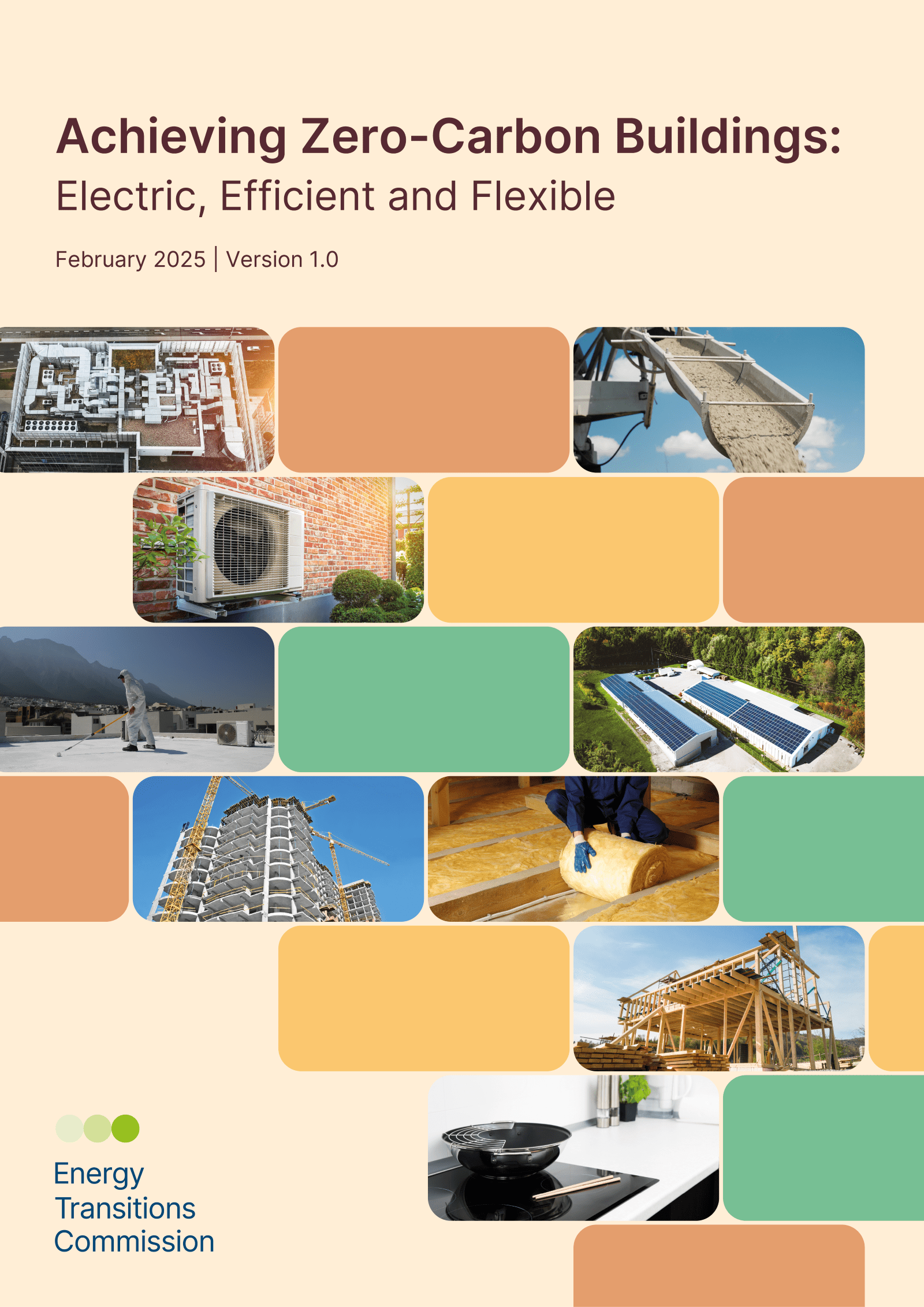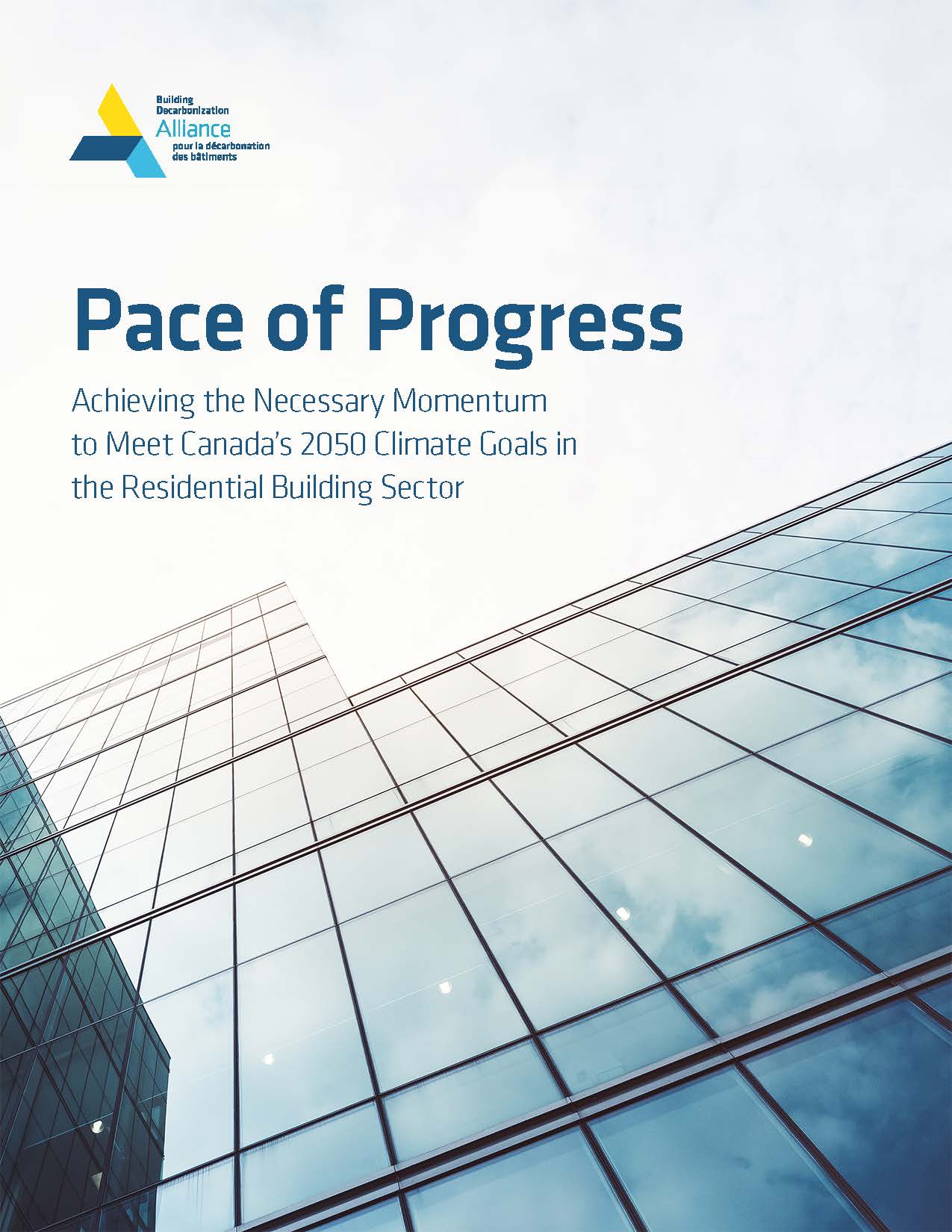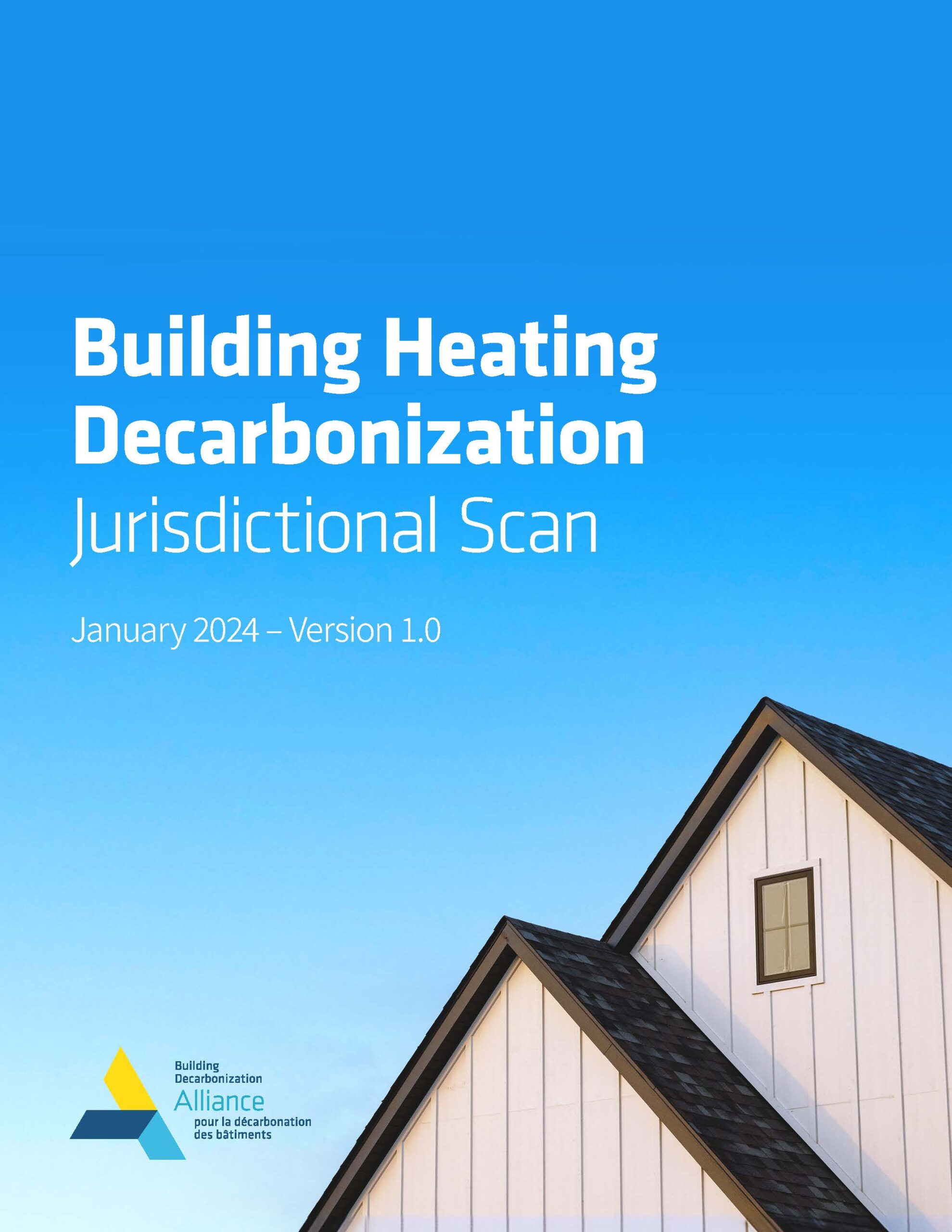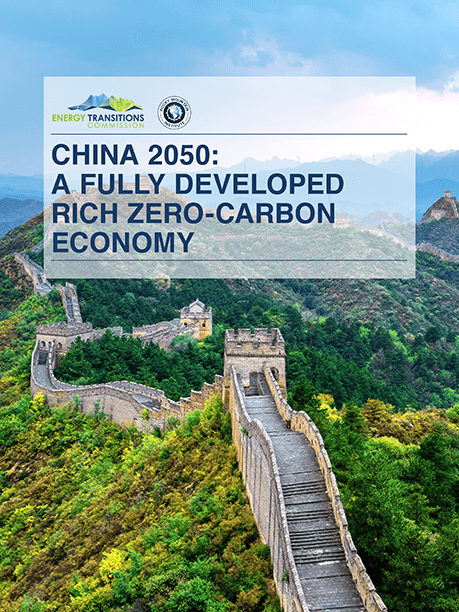Buildings
Building energy demand amounts to roughly 30% of final global energy demand. Most of this is already electrified and will be decarbonised as emissions are brought down in the power sector. Considerable energy efficiency improvement can also be achieved in both building envelopes and equipment. But decarbonising building heating is a tougher, although geographically localised, issue to solve, especially due to seasonal peak demand.

Energy demand from buildings can be broken down in four major categories:
- Appliances, equipment and lighting are almost entirely electrified already, and their energy efficiency has considerably improved over time.
- Cooking can be electrified, although in many countries it still relies on traditional biomass or gas combustion.
- Space cooling represents a fast-growing need across the world, especially in developing economies, with important implications for the size of the power system and its ability to deal with daily peaks.
- Finally, space and water heating constitute a major source of GHG emissions, driven by needs that are concentrated geographically and seasonally.
The ETC focused its recent analysis on the decarbonisation of building heating. Building energy efficiency constitutes a fundamental first step on that journey. It can deliver multiple critical benefits: reduced demand, reduced peak, improved comfort, reduced heating bills. But a switch to low-carbon heating solutions is indispensable. The preferred solution will differ by country, region and even local area, depending on local resource endowment, pre-existing infrastructure and consumer acceptability.








